Introduction
In 2024, AI design tools are at the forefront of web design innovation, drastically changing how designers work and creating unprecedented opportunities for creativity and efficiency. This article explores the impact of AI on web design, highlighting the key benefits and emerging trends that make AI tools indispensable for modern web designers.
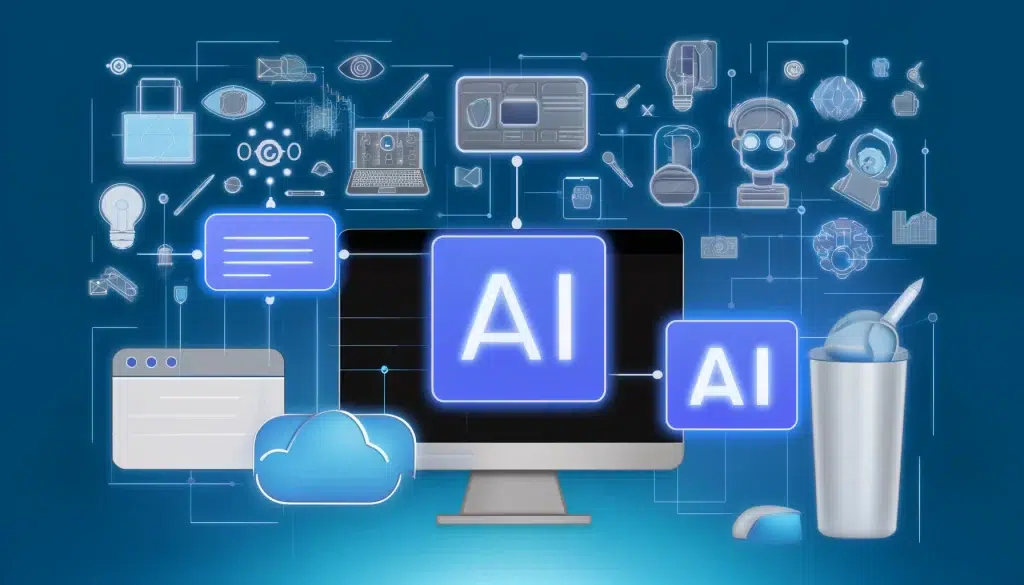
The Rise of AI in Web Design
AI design tools have transformed from niche applications to essential components of the web design process. These tools leverage machine learning and artificial intelligence to automate repetitive tasks, generate design suggestions, and personalize user experiences based on data analysis.
Web design is no longer just about aesthetics; it’s about creating interactive, user-friendly experiences that adapt to individual needs. AI is at the heart of this transformation, providing tools that can analyze vast amounts of data to deliver insights that were previously unattainable.
Key Benefits of AI Design Tools
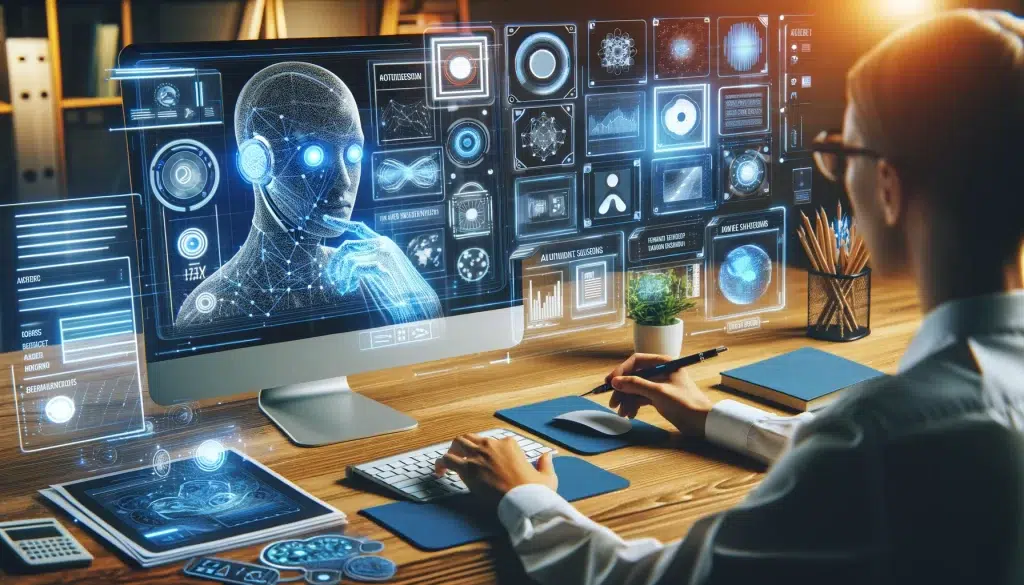
- Efficiency and Speed: AI tools significantly reduce the time required for design tasks, from generating layouts to selecting color schemes. This allows designers to focus on creative aspects and complex problem-solving. Tools like Adobe Sensei automate repetitive tasks such as image cropping, color correction, and even layout adjustments, saving countless hours.
- Personalization: By analyzing user data, AI can create highly personalized user experiences. This means websites can adapt in real-time to user preferences, enhancing engagement and satisfaction. Personalization engines like Dynamic Yield use AI to tailor content, offers, and experiences to individual users, boosting conversion rates.
- Accessibility: AI-driven accessibility features, such as automated alt text generation and screen reader optimizations, ensure that websites are more inclusive and compliant with accessibility standards. For instance, AccessiBe uses AI to scan and adjust websites, making them accessible to people with disabilities by providing features like keyboard navigation and screen reader compatibility.
- Cost-Effectiveness: Automating routine tasks reduces the need for extensive human resources, lowering the overall cost of web design projects while maintaining high-quality outputs. Startups and small businesses particularly benefit from these savings, allowing them to compete with larger firms.
In-Depth Look at AI-Driven Design Trends
AI-Generated Art and Content
AI is increasingly used to create unique visuals and written content, adding a new dimension of creativity to web design. Tools like DALL-E and GPT-4 are prime examples of this trend. These tools can generate high-quality images and text based on simple prompts, enabling designers to produce custom content quickly and efficiently.
For instance, a designer might use DALL-E to generate unique background images for a website or GPT-4 to draft initial copies for a landing page. This automation not only speeds up the design process but also opens up new creative possibilities.
Voice User Interfaces (VUIs)
AI enables the integration of VUIs, allowing users to interact with websites using voice commands. This enhances accessibility and offers a more intuitive user experience. As smart speakers and voice-activated assistants become more prevalent, integrating VUIs into web design is becoming increasingly important.
For example, Webflow allows designers to create voice-activated navigation systems, making websites more accessible to users with visual impairments or those who prefer voice commands. This trend is set to grow as voice recognition technology continues to improve.
Predictive Design
AI can predict user behavior and preferences, suggesting design elements that are more likely to engage users. This predictive capability leads to more effective and user-friendly designs. Platforms like The Grid use AI to analyze user data and automatically generate website layouts optimized for engagement and conversion.
By understanding user behavior patterns, AI can suggest the best placement for calls-to-action, the most engaging types of content, and even the ideal color schemes to use. This results in websites that are not only aesthetically pleasing but also highly functional and user-centric.Alt tag: AI tools speeding up the web design process.
Real-World Applications and Case Studies
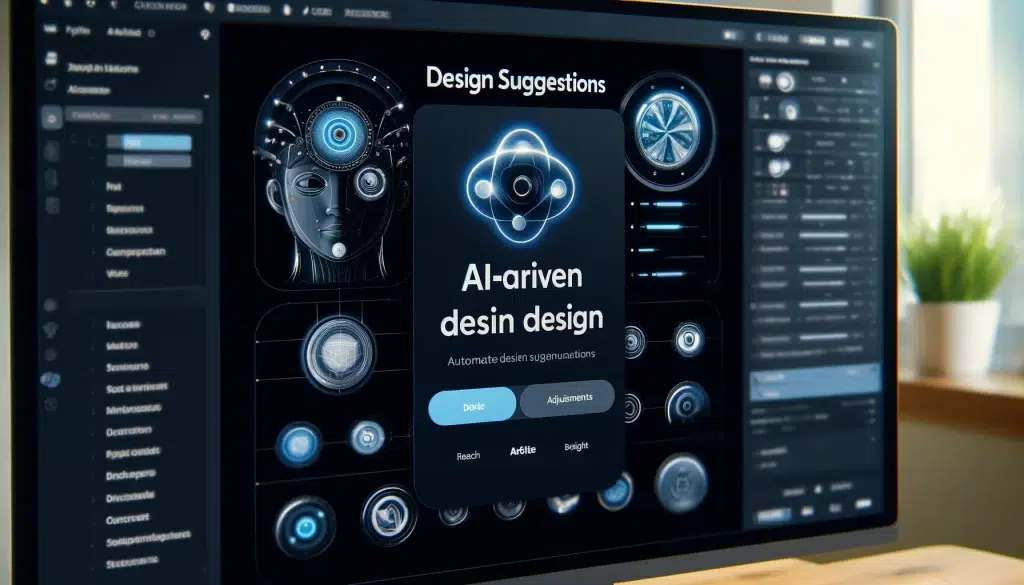
Webflow
Webflow uses AI to assist designers in building responsive websites without coding. Their AI-driven design suggestions streamline the creative process and ensure optimal design practices. Webflow’s AI tools can automatically adjust layouts for different devices, generate CSS, and even provide design recommendations based on current trends.
One notable feature is Webflow’s ability to generate complex animations and interactions without requiring manual coding. This not only saves time but also allows designers to experiment with more dynamic and engaging website elements.
Adobe Sensei
Adobe’s AI platform, Sensei, automates complex tasks like image editing, layout generation, and content personalization, making it easier for designers to produce high-quality work efficiently. Adobe Sensei’s capabilities extend to real-time collaboration, allowing teams to work together seamlessly, regardless of their geographical locations.
For example, Sensei’s image recognition technology can automatically tag and organize large libraries of images, making it easier for designers to find and use assets. Additionally, its predictive analytics can suggest design elements based on the context and goals of the project.
Canva
Canva utilizes AI to make graphic design accessible to everyone. Its AI-driven design assistant suggests layouts, fonts, and colors based on the user’s input, making it easier for non-designers to create professional-looking graphics. Canva’s AI also includes a background remover and a magic resize tool, which automatically adjusts designs for different formats.
This democratization of design has empowered millions of users to create high-quality visuals for their websites, social media, and marketing materials, further highlighting the transformative power of AI in web design.
Future Trends and Predictions
AI and Web Accessibility
AI is set to play a pivotal role in improving web accessibility. Tools like AccessiBe are already using AI to make websites more accessible to people with disabilities. In the future, AI could enable websites to adapt in real-time to the needs of individual users, providing personalized accessibility features such as adjustable font sizes, color contrast adjustments, and even voice navigation.
AI-Enhanced User Experience (UX) Design
As AI continues to evolve, it will become an even more integral part of UX design. AI can analyze user behavior to identify pain points and suggest improvements, leading to more intuitive and user-friendly websites. For example, AI-driven heatmaps can show where users are clicking the most, allowing designers to optimize the placement of key elements.
Additionally, AI can help create more immersive and interactive experiences by generating personalized content, recommending products, and even offering real-time customer support through chatbots and virtual assistants.
Integration with Other Technologies
The integration of AI with other emerging technologies like augmented reality (AR) and virtual reality (VR) will open up new possibilities for web design. Imagine a website where users can virtually try on clothes or visualize how furniture would look in their home. AI can enhance these experiences by providing real-time recommendations and adjustments based on user preferences.Alt tag: Screenshot of Webflow’s AI-driven design interface.
Conclusion
The integration of AI in web design is not just a trend but a fundamental shift in how websites are created and experienced. As AI continues to evolve, its capabilities will expand, offering even more tools and possibilities for web designers. Embracing AI in web design is essential for staying ahead in the competitive digital landscape of 2024.
By leveraging AI tools, designers can create more efficient, personalized, accessible, and cost-effective websites. The future of web design is bright, and those who embrace AI will be at the forefront of this exciting evolution.


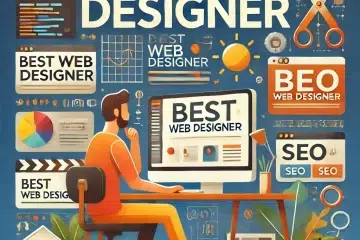
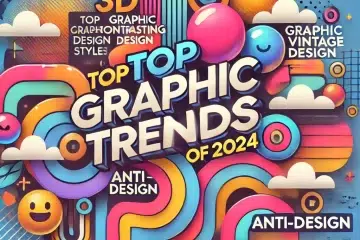
0 Comments